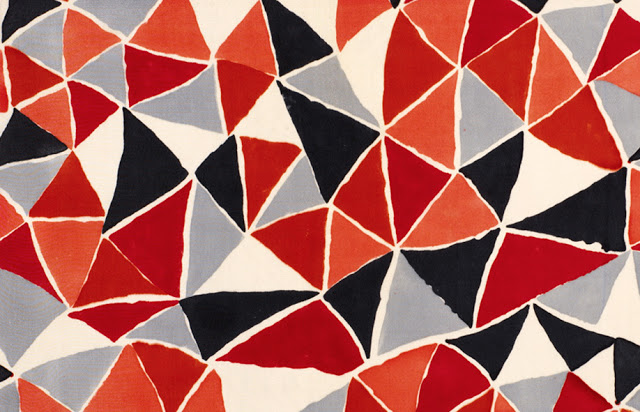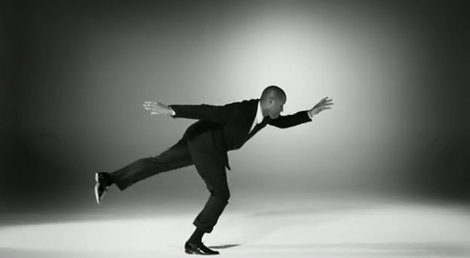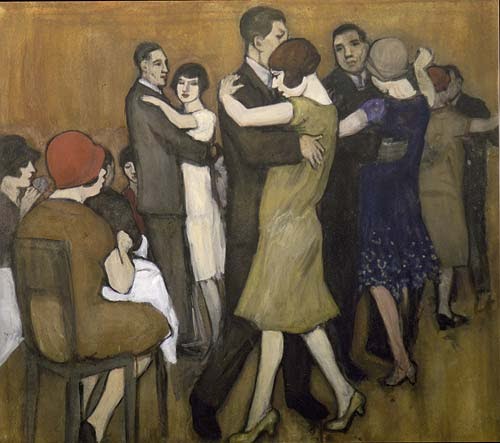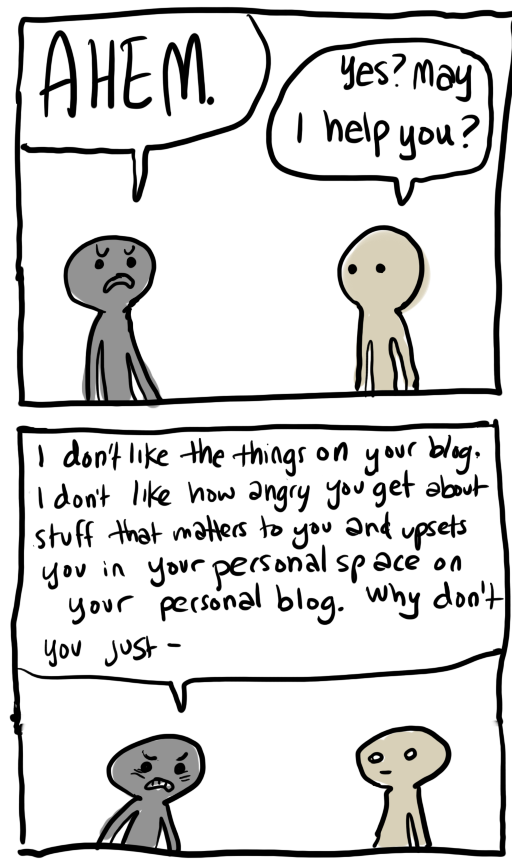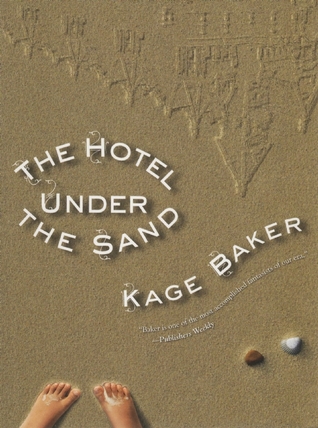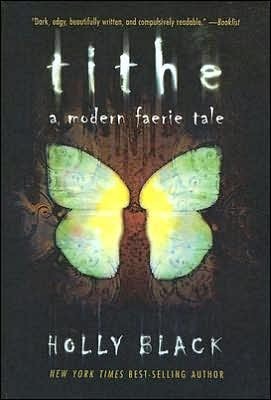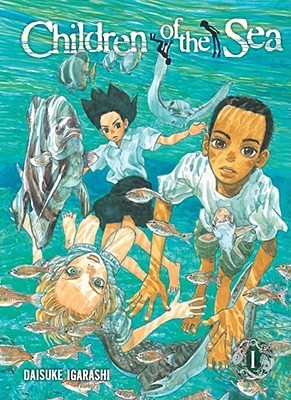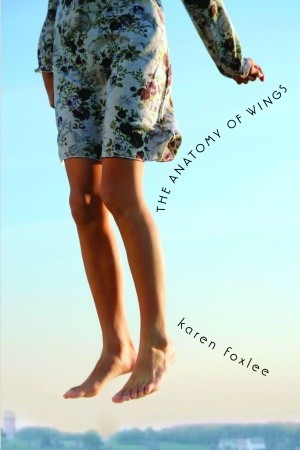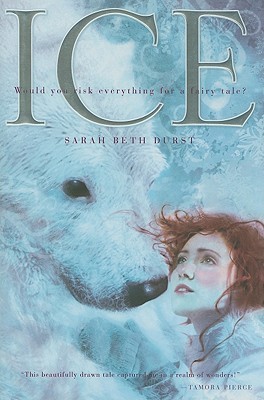flying
(Mabel Frances Layng (English artist, 1881–1937) Tea Dancing from here)
kitteh gif
space
via mindlessmunkey
DJing thoughts
Because of the goddamm Swing Kids soundtrack, this was the only version of ‘Beir Mir Bist Du Schoen’ I’d DJ for years.
Benny Goodman Quartet (Teddy Wilson, Gene Krupa, Lionel Hampton, Martha Tilton) in 1937
This sort of song is one of the reasons I love Benny Goodman’s small groups. I don’t actually own very much Goodman Orchestra stuff at all, but I have all the small group recordings. Love that shit. And when he adds Basie’s rhythm section – !!!
I am not comfortable with the word ‘ambidancetrous’
I need to say this very clearly: I am not aligning myself with the ‘ambidancetrous’ discourse in any way.
I don’t like the implications that everyone should learn to lead and everyone should learn to follow. I think that that’s a dodgyarse approach to lindy hop.
I do feel that we should be able to choose whether we lead or follow or do both (or do neither – something I’m finding with our solo classes, where we get students who don’t lindy hop, but are beginning to come social dancing to solo dance only…. but only in tiny numbers so far).
I don’t think it’s ok to assume that everyone do both. Some of us have very good reasons for only doing one role: for some women, only leading (and only dancing with women) is a very important thing. For some men following is just too confronting. Some women just want to follow, all the time. And only dance with women leads. Some men just want to follow all the time, with male leads. Or female leads. And some of us can do both, but would really rather only do one tonight.
And if we aren’t ok with that, then we are arsehats. Gender is a real thing: it’s very difficult (if not impossible) to partition lindy hop off from the rest of your life (and the rest of your gendered experiences as an embodied person). And sometimes it’s just easier to be a woman who follows or a man who leads. And we have to be ok with that. While we are all capable of – and do – perform gender in a flexible way, who we are, and having particular preferences that are relatively immutable is actually ok.
I think the term ‘ambidancetrous’ is misleading, as it presumes being able to do both is the preferred or optimal state. I don’t actually think being able to do both is the preferred state. I’m actually (and I surprise myself as I write this) pretty much convinced that if you want to take your dancing to the highest level, you specialise in leading or following.
But of course, if you’re a ‘normal’ person, and not working 24/7 to get into the Harlem Hot Shots or whatevs, then doing both is totes fine. And I think the difference really only kicks in at the highest levels of dancing, when you simply don’t have enough hours in the day to devote to both leading and following: practicalities just demand specialisation.
I’m actually ok with doing both roles myself. But I do find that if I want to improve my leading – really improve – I need to spend all my dancing time leading. All my teaching, practicing and social dancing leading. And solo dancing. Because solo is BEST. But I might want to do this – I might just be so interested in and just so much enjoying leading (for example), I don’t particularly want to follow. At all. And my following just naturally might suffer a bit, because I’m not doing it as often. But then, I’m not going to say no when a leading friend asks me to dance. I’m going to follow. And I’m not going to care if I fuck up a bit and don’t do the best following job: dancing! Yay!
And I am very certain that I don’t want to have to go to every lindy hop class and have to lead and follow in each class. Sure, that’s a very interesting idea. But leading and following are DIFFERENT, requiring different skills and methods, and sometimes I just want to work on one of those. Actually, to be honest, I rarely want to do a class or workshop as a follow. I am fascinated by leading. I like following, but I’m just not as interested in doing it, as I am in leading. In classes, anyway. Social dancing is a different thing.
I also have trouble with the suggestion that leading and following in lindy hop are somehow the same. They’re not. Sure, there are similarities in posture, biomechanics, etc etc. But they work in different ways. And when you’re lindy hopping, someone’s gotta lead, and someone’s gotta follow.
Sure, blues might be a different animal and totes open to a less regulated lead/follow dynamic. But lindy hop is different. Leading and following are DIFFERENT. I don’t give a flying fuck whether it’s men or women or WHOEVER leading or following, nor do I care whether I’m dancing with a man or a woman. But I personally think you need to make a choice: in this moment, I am leading. Or I am following.
I feel this partly because the overall structure of a swing song is such that bigger understandings of structure take place over the course of a song, and leading can involve thinking ahead, not just across an 8 or two, but across phrases and the whole of a song. Particularly when the music is faster, and the overall structure of a song is more immediate than it seems in a slower song.
So, in sum, I’m not comfortable with the term ‘ambidancetrous.’ But mostly because I think it’s a clumsy word.
personal blog
April-May YA SF girl hero reading
I read a lot of SF… hells, I read SF almost exclusively (except for a recent diversion into Australian stuff – Peter Temple (!!) and Shane Maloney), and lately I’ve been hunting down good YA Scifant and Scifi. I prefer female protagonists and authors, just because I’m tired of reading SF stories about men, because they dominate the cinema. I also read quite a few comics.
Lately I’ve been using the Newbery award, the Andre Norton award and a couple of other lists of awards for young adult and children’s literature, mostly in SF. I didn’t intend to only read the books by women or with girl heroes, but that’s how it turned out.
And it’s been a delight. A real pleasure. There is some truly fantastic YA and children’s SF literature out there, and to be honest, I think a lot of it is better than most of the adult SF and SFant getting about at the moment. The writing can be truly wonderful, the plotting strong, the stories sophisticated, and yet simple enough for younger children, the characters full and engaging. And they’re cheaper :D
What’ve I read lately?
I really enjoyed this one. I was a bit nonplused by the cover (it’s a bit shitty and cheap-seeming), but the story is just wonderful. Basically, a little girl gets lost in a storm, and then washed up on sand dunes, where she discovers a huge, magical hotel buried under the sand. Adventures follow. It’s just fab. The sort of book that’s engaging for kids, but magical and sophisticated enough in theme, and well enough written for grown ups. I will hunt down Kage Baker’s other books.
How Mirka Got Her Sword (Yet another troll-fighting 11-year-old jewish orthodox girl)
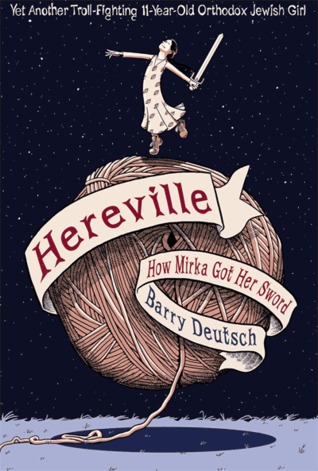
I bought this one (from book depository) thinking it was a novel. But it turned out to be a graphic novel! I have a strict ration for graphic novels and comics, because otherwise I mow through them too quickly. I’m only allowed one a month. So this felt like a secret win!
It’s gorgeous. Great art, and a fantastic girl hero. Barry Deutsche is a bloke, but that’s not his fault. :D
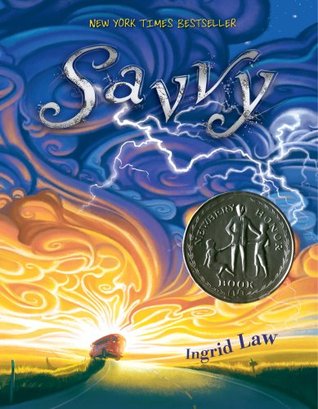
I kind of enjoyed the premise – kids in this family develop a hidden magical talent or ‘savvy’ on their 13 birthday – but found the actual plotting a bit silly and dumb. The heroes just go on a long car trip. It gets a bit jesus-y and god-y for me, too, and add to that the fact the kids are home-schooled when they develop their savvy… well, that just didn’t really sit too well with me. There are more in the series, but I’m not rushing to buy them. But this was a good one for slightly younger readers (ie well under 13, I think).
Ysabeau S. Wilce’s Flora Segunda was absolute gold.
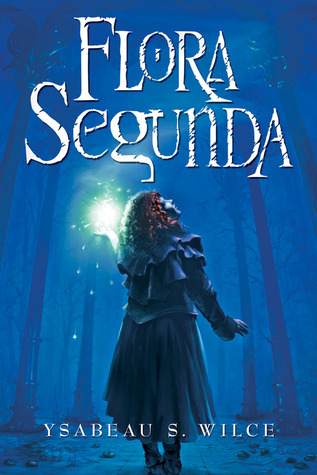
I just LOVED this. I loved Flora, I loved the premise (Flora gets lost in her family’s huge magical, moving-roomed house, discovers the house’s ‘spirit butler’ thingy, has to do some adventuring involving spells, disguises and ponies, has a famous army general mother who’s largely absent, and a drink-addled dad), I liked the world-building, and there was some good adventure action. I wasn’t totally ok with the underlying theme of child neglect (I have zero tolerance for child abuse and neglect), but it wasn’t too dark. This reminded me very much of Pyratica, but for a slightly younger audience, and slightly less dark. I will DEVOUR the next ones.
The Thief by Megan Whalen Turner was a nice surprise. Some really good plotting going on here.
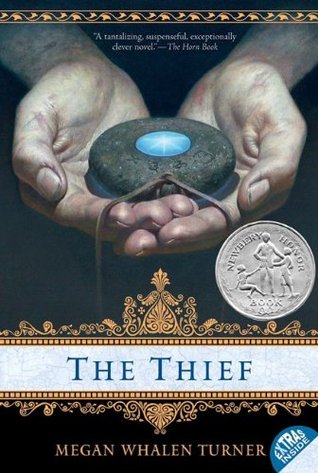
BUT
It’s the sequel, The Queen of Attolia that blew my brain.
This was just fanTASTIC. I was really amazed by this one. It’s a fairly standard SFant premise – young person adventures. But the world is great: sort of like a parallel universe ancient greece with greek gods, except not in Greece, and with very early gun technology. I just gulped this one down, and went immediately to the internet to buy everything in this series. It’s for a slightly older reader (over 13 I’d think, though I’d have read it young because I was precocious with books).
Meg Rossof’s How I Live Now

This is for teen readers, and it’s been made into a film. I usually avoid post-apocalyptic fiction, especially in teen books, because BORING AND OVERDONE. But I liked the setting – rural england. It’s as depressing as post-apocalyptic teen fic usually is, but it was pretty good mostly. I won’t rush to read her other stuff, though.
Ash, by Melinda Lo.
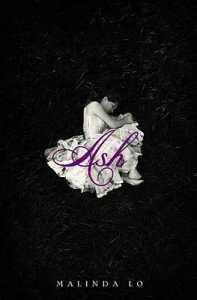
I picked this up because it was a retelling of Cinderella, with a magical/fairytale writing style. It turned out to be a lesbian rework of the romance, which was ok by me. It’s pretty good for a first novel, but I don’t think Lo’s second book, Huntress, is as good, and Ash isn’t that great. It’s certainly no Robin McKinley, or Lois McMaster Bujold (they do some bloody good scifant) that’s for sure.
The girl who circumnavigated fairyland in a ship of her own making took me by surprise.
At first I didn’t think I’d be able to get into it, because it really is quite surreal. Very Alice in Wonderland. But eventually I got the knack, and then I LOVED it. There are a bunch of others, and I’ve already ordered them. NICE ONE.
This is one for teens. I didn’t really mind it, until it got a bit fat shamey. The girl hero was fat, and that was kind of interesting in the way it affected her place in court, and then her adventures in the desert. But there was some weird food obsession going on in the writing that made me veeeery suspicious. And some god talk that got a bit much. So I’m not sure I’ll be getting the next ones.
Uninteresting ‘urban fantasy’ romance. There’s too much of this shit, and it’s all the same. This wasn’t quite as badly written as some, but I wouldn’t bother, really.
Children of the Sea was my first manga.
I bought it for the art, but loved it for the story, and the fierce girl hero. It’s just gorgeous. Another ‘graphic novel’, again for YA, this’s won heaps of awards and is massively popular. It was a serial in a magazine or something I think, but it’s been collected into books. I was thrown by reading ‘back’ to front and right to left, because I haven’t read any other manga, but I got over it. It actually slowed me down, which is a good thing, as I read very quickly, and I’m finding that ruins the experience of reading graphic novels – you’re meant to go slowly and enjoy the images and words together.
I’d read a bunch of Australian fiction, and YA fiction in particularly earlier this year (February and March), and this was one of them. I’m a bit tired of YA that’s full of dreary stories about suicide and death and apocalypses, so I wasn’t really digging this one. But the writing is fuckoff good, and Karen Foxlee is pretty good. I didn’t mind her other book ‘The Midnight Dress’, though they both feel quite similar in their airy prose style. I’m curious to see what her book ‘Ophelia and the marvelous boy’ is like – I think it’s for younger children, so maybe there isn’t so much suicide and young death.
Honestly, I am REALLY tired of YA fic for young people with girl heroes who kill themselves/die. I read Kate Constable’s ‘Cicada summer’ and ‘Crow Country’ and felt the same way: enough of this! That’s partly what prompted my YA sf binge: I wanted some good things to happen to girl heroes!
Right now I am ready Ice
It’s edging towards that urban fantasy teen romance vibe, except that it’s set in the arctic circle and the romantic lead is a giant polar bear (who turns into a bloke at night). It’s definitely for teens, and it’s not too badly written.
Some of these I read because they were the first in a series where the second or third had won an award. So I’ll have to go back and see which ones were just the ‘getting through’ books so I could read the really good ones.
So these are some of the books I read April and May: some real gold here! YAY! I read a couple of Peter Temples, some other graphic novels and comics and a couple of other bits and pieces, but these are the good ones.
If you’re interested in talking books, I’m dogpossum on goodreads, and keep a list of what I’m reading and have read there.

